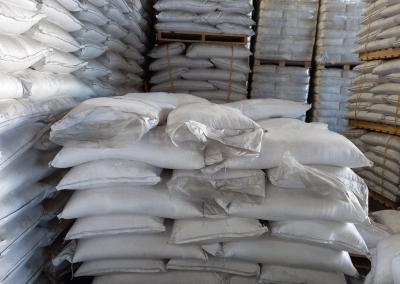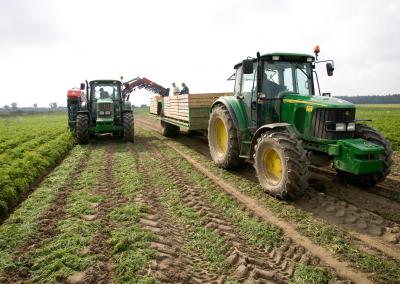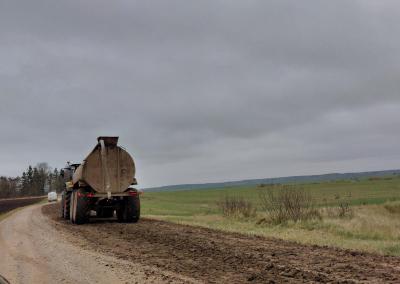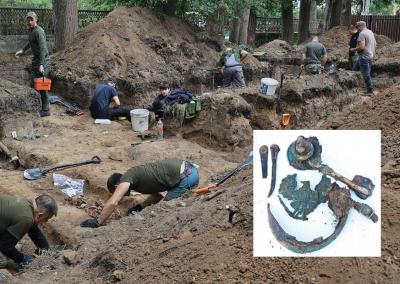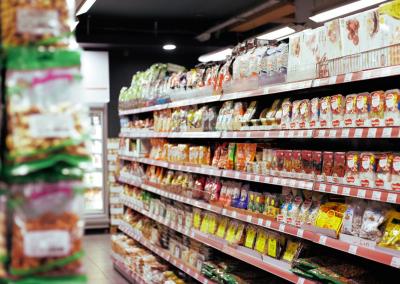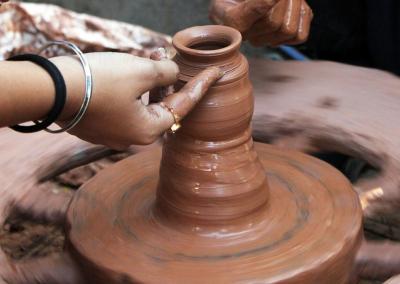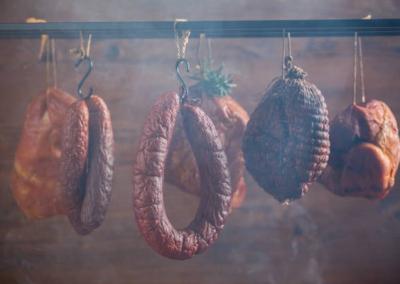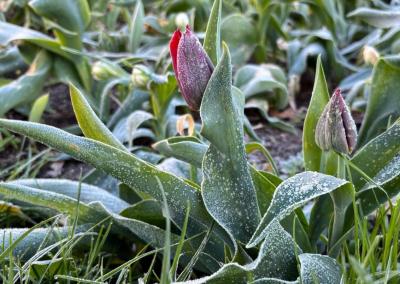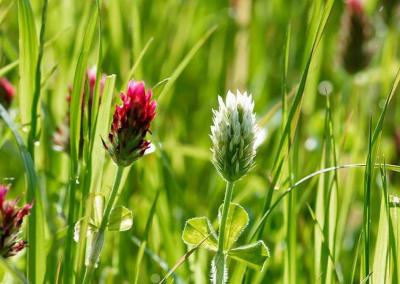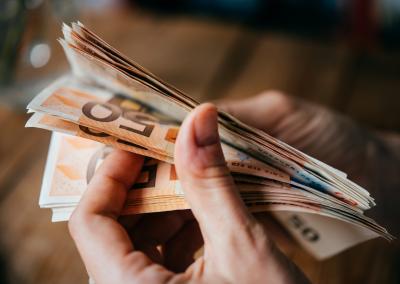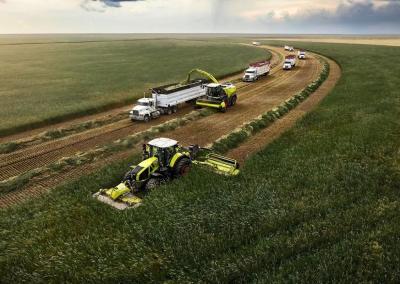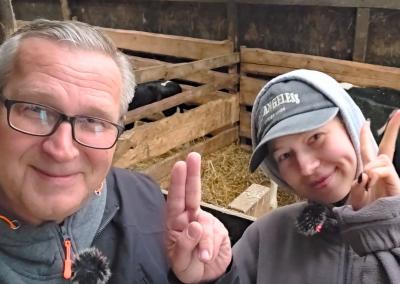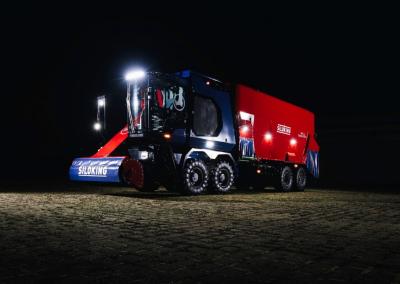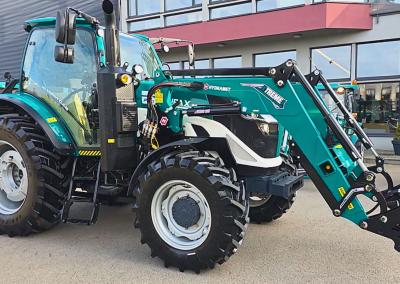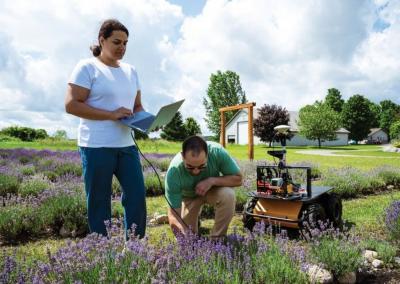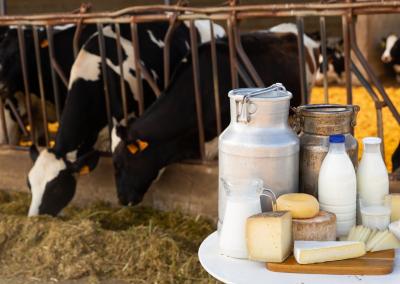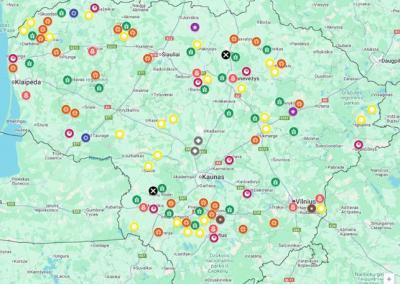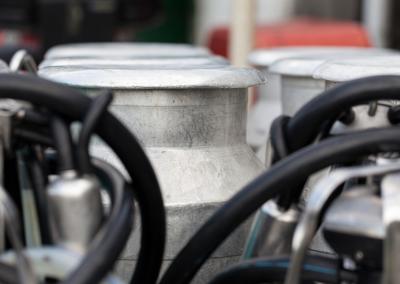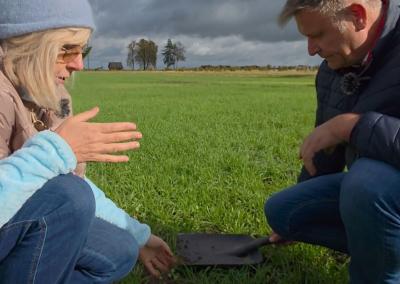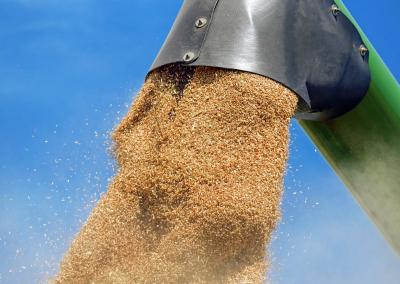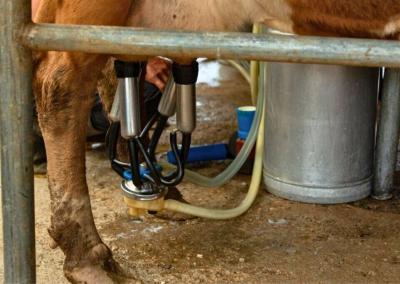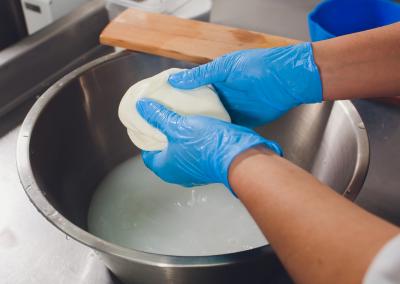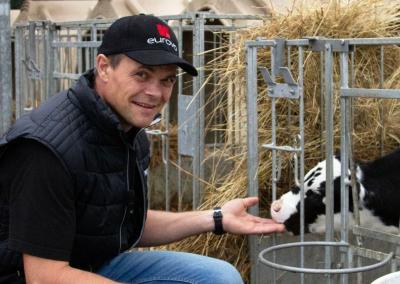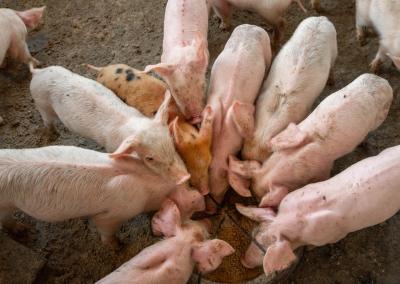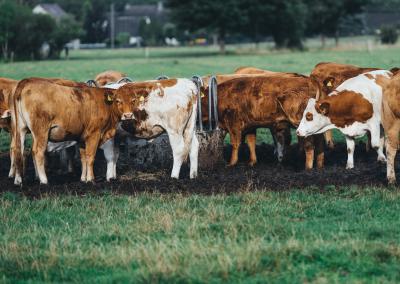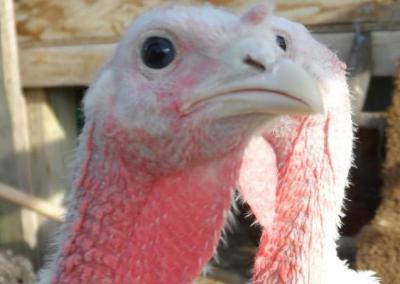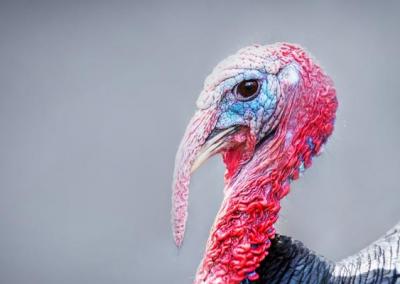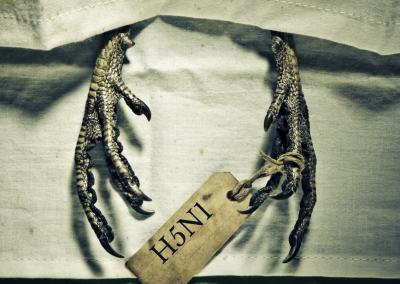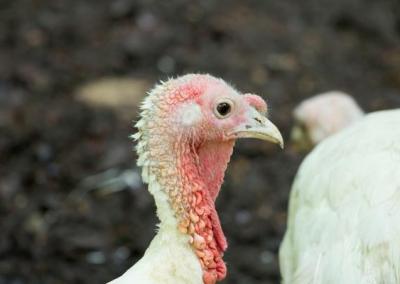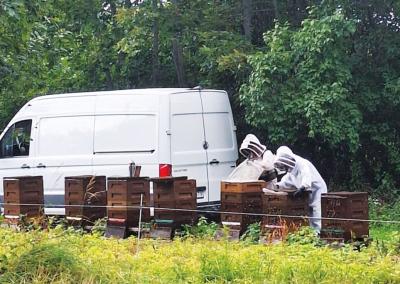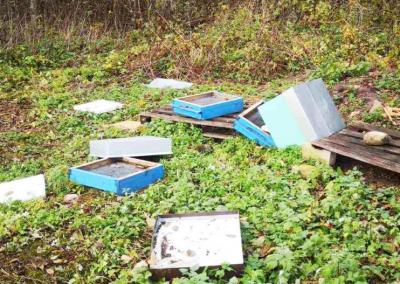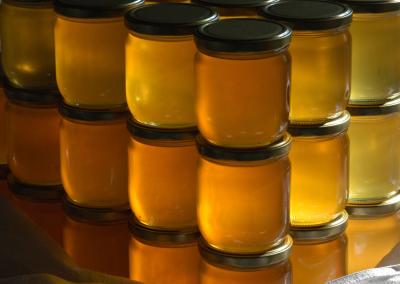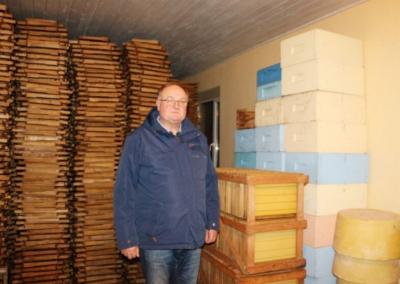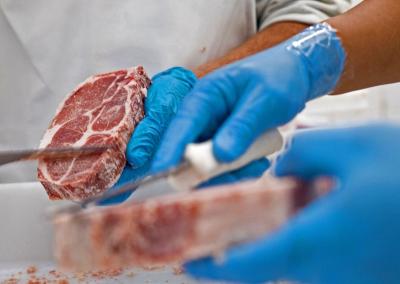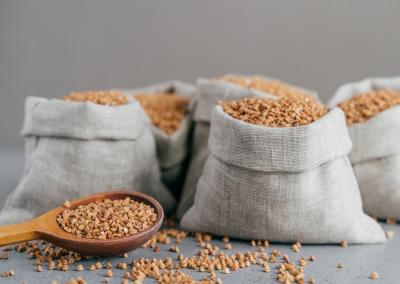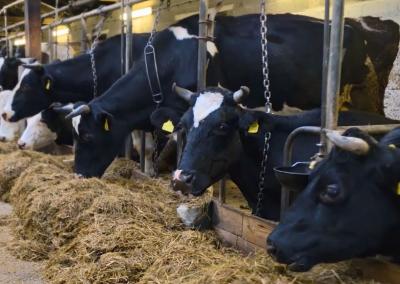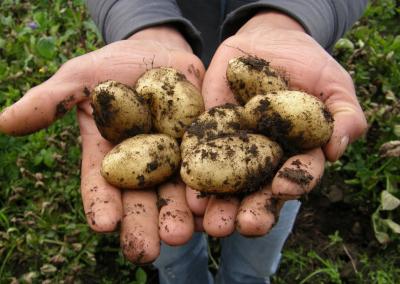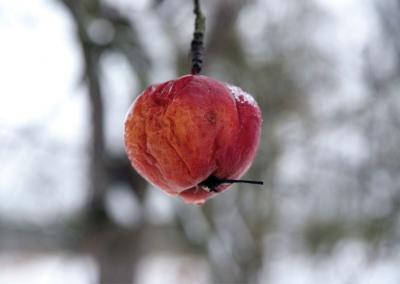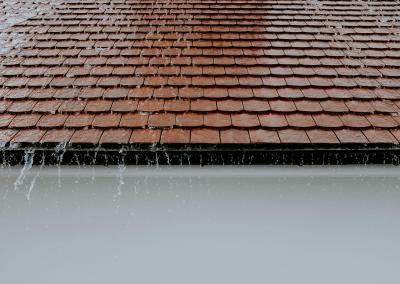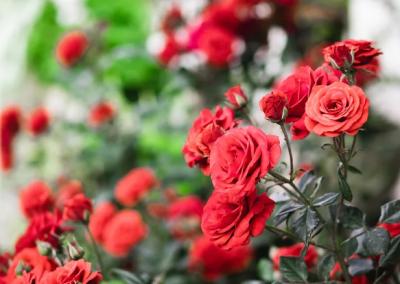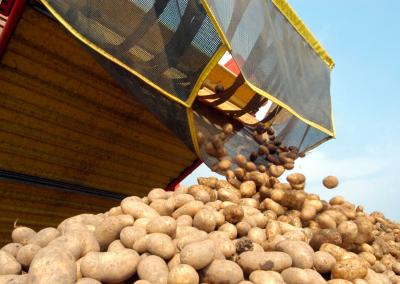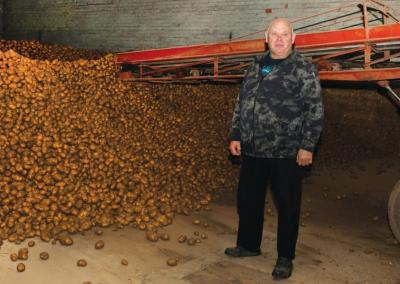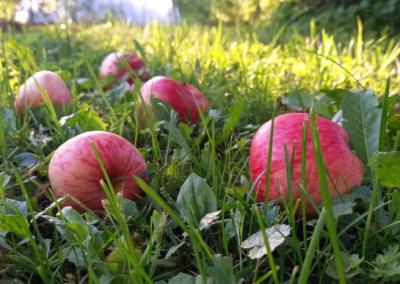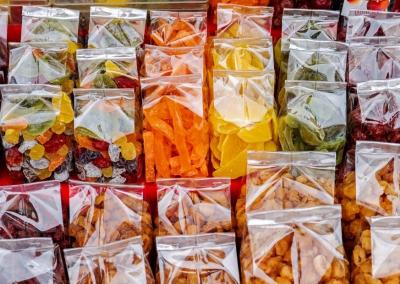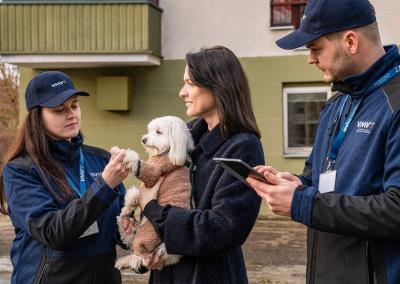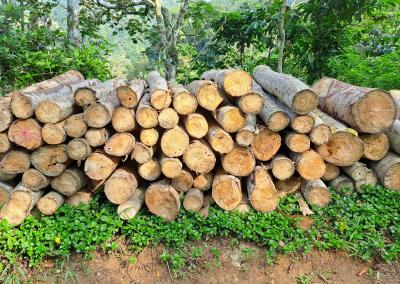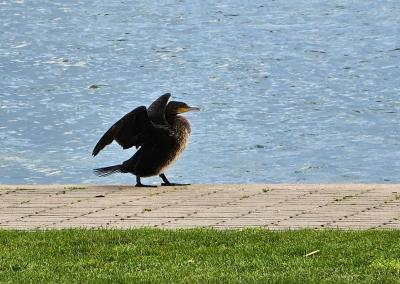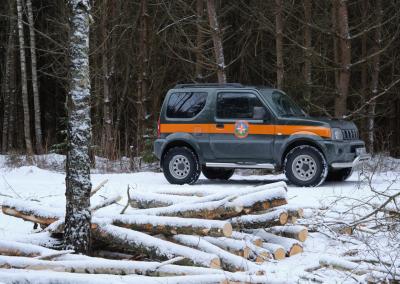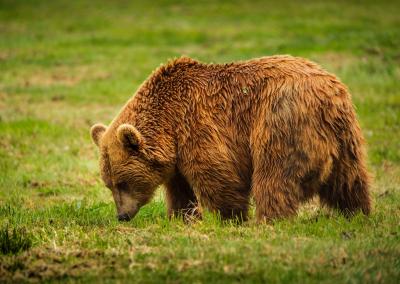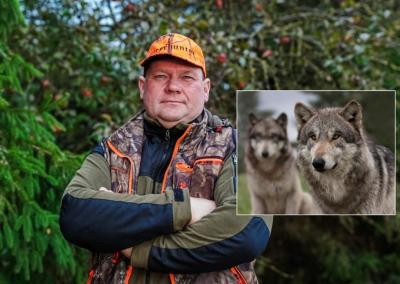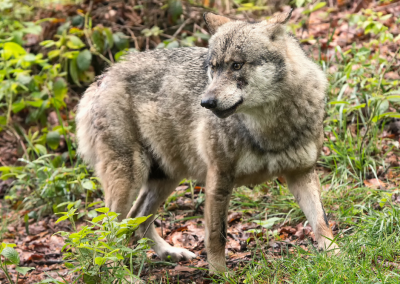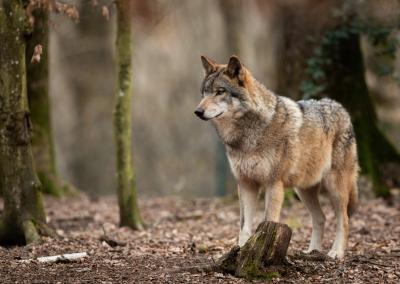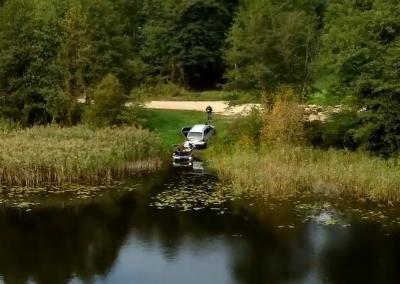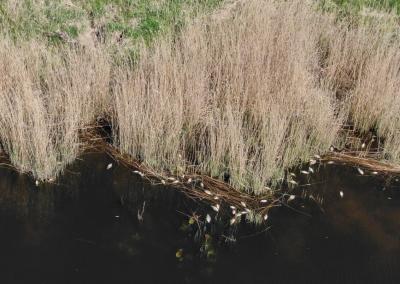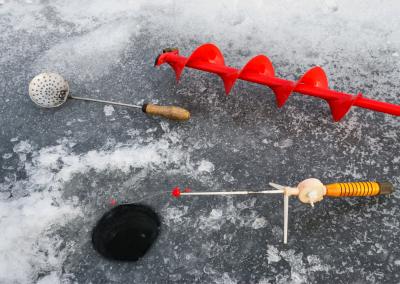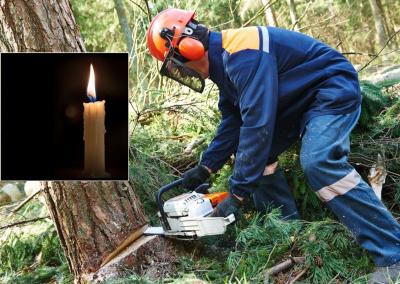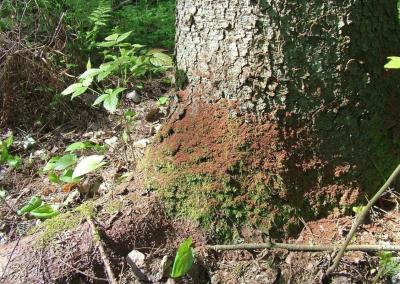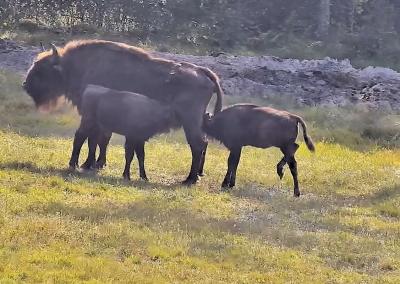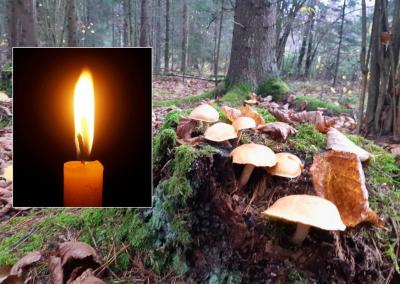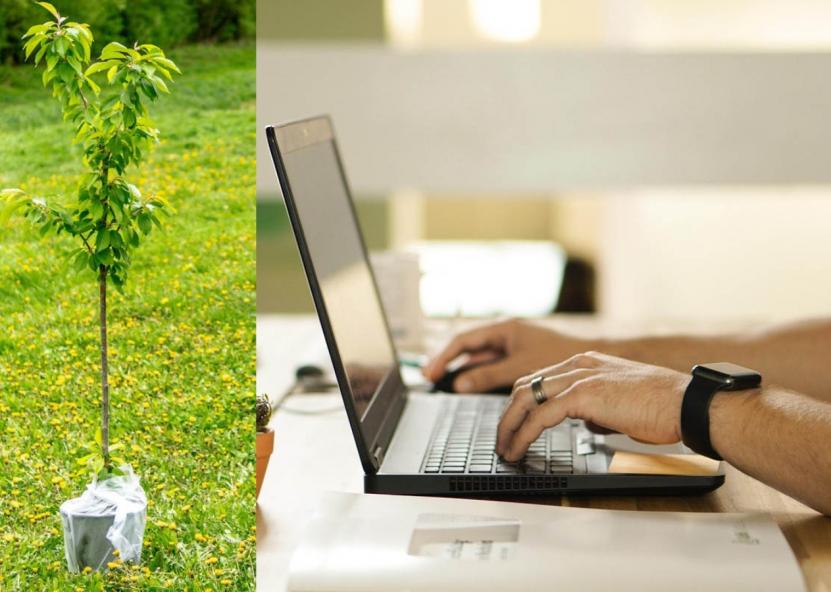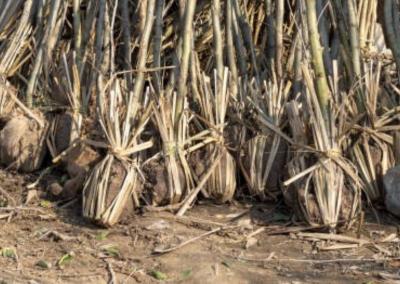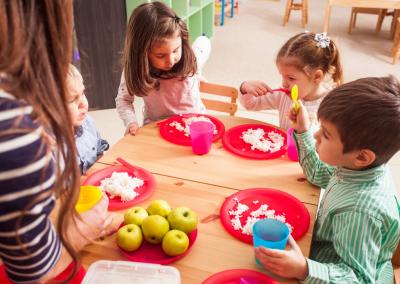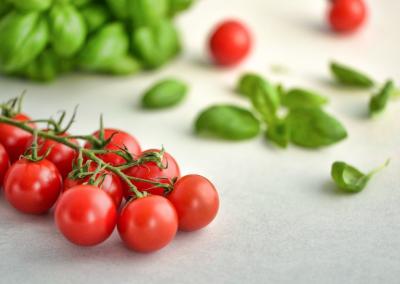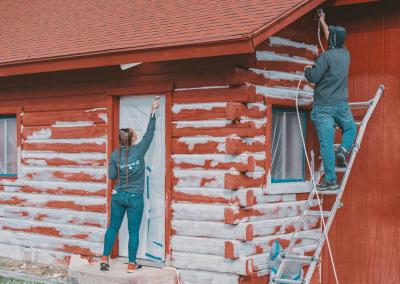How to buy quality seedlings online so that you won't be disappointed when your purchase arrives
In fact, such a purchase can seem risky to many people when there is no way to physically see and feel the seedling, to check its condition before paying, and when the decision has to be made only on the basis of a picture of the seedling on an online shop or in a private advert. Where is the guarantee that a quality and healthy seedling will be delivered, exactly as pictured in the product description?
Many gardeners are discouraged from buying seedlings and seeds online because of the likelihood of encountering the following potential problems:
• a poor quality seedling will be delivered,
• the wrong variety is delivered,
• the seedling will rot or be damaged during transit;
• the private seller will turn out to be a fraudster who will not send the seedling back after receiving payment.
But it is still possible to protect yourself from each of these problems. What should you pay special attention to in order to avoid disappointment when buying seedlings online?
Buying and delivering a quality seedling online
Sometimes it can take 1-2 weeks longer than planned to get a seedling delivered to your home (due to the peak season, courier availability). If possible, buy seedlings with a closed root system in pots/containers to prevent the seedling from drying out on the road. These last longer.
It is best to buy seedlings during the autumn-winter period, when the plants are dormant.
It is advisable to buy from small nurseries where the seedlings are dug up just before dispatch, to your individual order. In large nurseries, seedlings are mainly prepared in bulk, for sale in bulk, rather than in units to the individual buyer.
The health of a seedling depends greatly on how and with what the roots are packed during transport. After all, simply wetting the roots and wrapping them in plastic before shipping them to the buyer is not the solution. Reliable nurseries will send the seedling to the buyer with the roots wrapped and packed in an oblong cardboard box.
Private sellers (not companies) often do not bother to wrap the roots, so the thin absorbent roots of the seedlings often die before they reach the buyer's hands.
So check in advance what the nursery or private seller will wrap the seedling and its roots in, and once you have received it, rinse the root system and treat it with a root stimulator according to the instructions.
Don't buy a seedling if you know in advance that it will take more than 15 days to arrive (e.g. from a distant foreign country, or in the run-up to the festive period when couriers cannot cope with the high volume of deliveries).
Choose express delivery, which will get your seedling to you in much less time. In this case, the plant will have a better chance of reaching you without wilting.
Track the movement of your shipment using the tracking code you sent so that you can collect it as soon as possible.
When buying tree and shrub seeds online, please order only non-stratified dry seeds. Otherwise, they will quickly germinate in the warmth of your home and you will have to find somewhere to plant them in the winter.
Exception – if the seed collector has stratified the seeds themselves and the delivery time cannot interfere with the stratification process.
Order 5-10 times as many tree seeds as you expect to have adult seedlings. The germination rate of most ornamental seeds is sometimes several times lower than that of vegetable seeds.
Tree and shrub seeds usually keep for 6 months to 2 years without losing germination. The larger the seed company, the more seed stocks it keeps and the more it sells stale seed from the previous year's leftovers.
It is therefore preferable to buy seed from private individual seed sellers – they collect the fresh seed themselves for one season, sell it or exchange it. Maintaining a good reputation is important to them, so they have good quality and good-looking seed.
The best time to buy fresh tree and shrub seeds for spring planting is in November – by this time, seeds for almost all types of ornamental plants have been collected and dried. By November, seeds from the previous year's collection will usually be on offer. Although, if stored properly, most seeds will remain almost germination-free for 2 years.
How to avoid scams when buying seedlings online
Some rare varieties of exotic trees or shrubs are not available in all nurseries. However, if you find a private seller on the internet who can send you the rare plant you want for a certain amount, you should not pay him immediately. It is often the case that unscrupulous rogue sellers place advertisements on the internet for rare plants. These often appeal to gullible buyers.
Pay special attention to the photos of the seedlings. If the seller took the photos himself, in his own garden, and you can't find them anywhere else on the internet, there's a good chance that the seller is honest and the ad is genuine.
For good measure, ask the seller to take a photo of the specific plant you are planning to buy before sending it to you so you know what to expect. If the seller can't do this – it could be a scam. Or the seedlings in the advert are offered by a reseller, i.e. not someone who grows the seedlings themselves, but has resold them at a mark-up.
It is advisable to avoid such purchases. Firstly, it will be more expensive (at a mark-up), and secondly, it increases the time the seedling's roots are exposed to the soil, which reduces its subsequent establishment.
If you have doubts about the credibility of an online plant shop, you should first check their website and look for reviews of the sellers in the subject gardening forums. If you find negative reviews, take a closer look at the seller's website itself. This should include the legal and physical addresses, contact telephone numbers (which are worth calling to check that they are working), a map of the approach and a list of the plants on offer.

